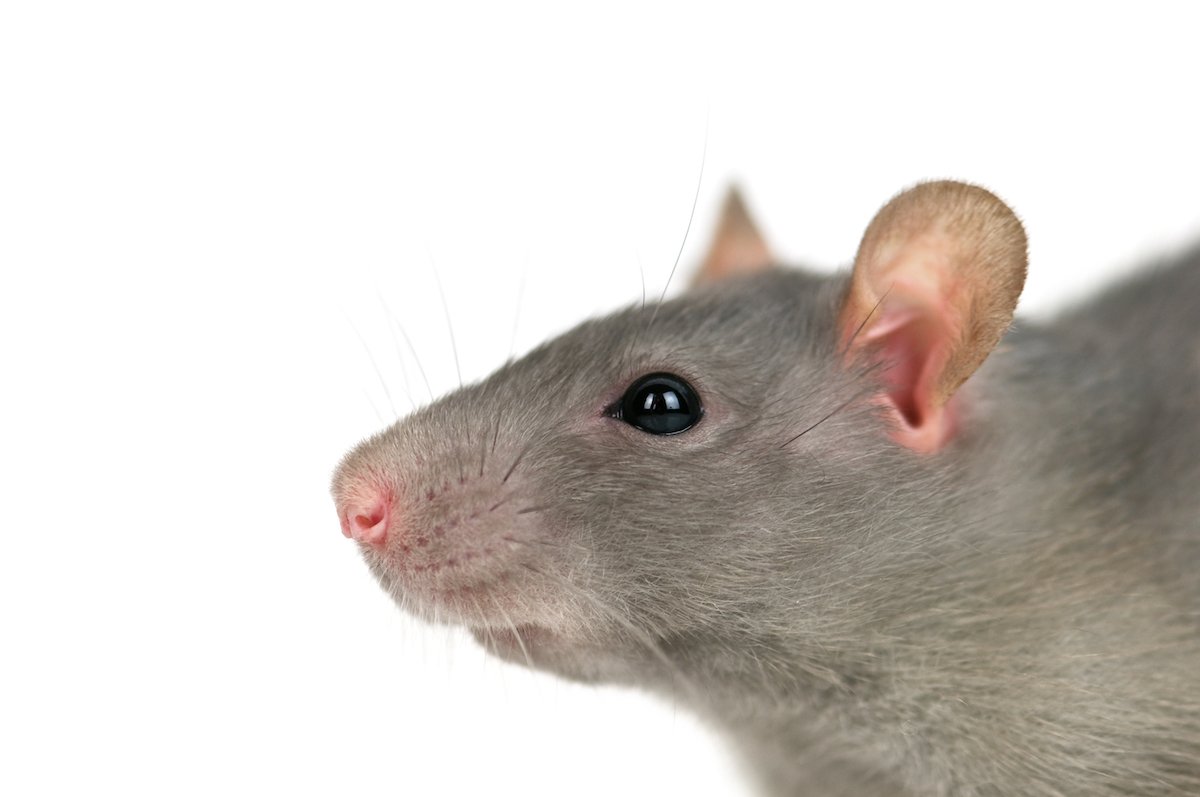Pest Control
Languages: English
Media Editing: The video module(s) in this subject are editable under our Content Studio offering unless otherwise indicated. For more information about Content Studio, contact your CSM.
Description: Inadequate pest control can lead to lost products, fines, and hurt your reputation in the marketplace. By learning to identify workplace pests, check for common signs of infestation, and establish simple prevention techniques, your employees will be better prepared to improve the quality and reputation of your business.
Languages: English
Media Editing: The video module(s) in this subject are editable under our Content Studio offering unless otherwise indicated. For more information about Content Studio, contact your CSM.
Description: Inadequate pest control can lead to lost products, fines, and hurt your reputation in the marketplace. By learning to identify workplace pests, check for common signs of infestation, and establish simple prevention techniques, your employees will be better prepared to improve the quality and reputation of your business.
Languages: English
Media Editing: The video module(s) in this subject are editable under our Content Studio offering unless otherwise indicated. For more information about Content Studio, contact your CSM.
Description: Inadequate pest control can lead to lost products, fines, and hurt your reputation in the marketplace. By learning to identify workplace pests, check for common signs of infestation, and establish simple prevention techniques, your employees will be better prepared to improve the quality and reputation of your business.
Topics
Identifying Pests
-
Correctly identifying a pest is one of the most difficult issues when dealing with pests in the workplace. In this topic, learners are taught how to tell the difference between common workplace pests, like cockroaches, rodents, and flying insects so the correct pest management plan can be put into action. This topic includes a video module to introduce the main concepts.
-
Questions (level 1, 2, 3)
Video module
-
This topic is currently available in English.
-
The three most common workplace pests are cockroaches, rodents, and flying insects. These pests can cause damage to product, facility, and spread disease.
Signs of cockroach infestation are droppings, egg casings, and sometimes an oily odor. Finding any of these likely indicates an infestation.
Cockroach egg casings can be brown, red, or black and leathery; they are capsule-shaped and hollow inside. Seeing these on your facility are a strong sign of a cockroach infestation.
Cockroach droppings are small, grainy, and are similar to coffee grounds. Finding cockroach droppings on your facility are a strong sign of an infestation.
Signs of a rodent infestation are gnaw marks, tracks, evidence of nesting, a strong ammonia odor, and droppings. Finding any of these on your facility may indicate an infestation.
Droppings are an important sign of an infestation. Identifying the type and quantity of droppings on your facility can help determine what pest you are dealing with, which will determine your management plan.
You can tell the difference between rat and mouse infestations based on the size and shape of the droppings you find. Rat and mouse infestations need to be managed differently.
Rat droppings are black-brown and about the size of a jelly bean. Learning to recognize this will help in managing a rat or mouse infestation.
Mice droppings are black and about the size of a grain of rice. Learning to recognize this will help in managing a rat or mouse infestation.
Common Signs of Pest Infestations
-
Common workplace pests often leave tell-tale signs of infestation that can be easily spotted during inspections. By learning what to look for and where, you can stop infestations before they become larger and more complicated. This topic will cover the commons signs of pest infestation, where they often appear, and how to tell pests apart by the signs.
-
Questions (level 1, 2, 3)
Video module
-
This topic is currently available in English.
-
Pests need food, water, and shelter. By regularly inspecting these “needs” in your facility, you can easily identify signs of a potential pest infestation.
Signs of a flying insect infestation include a large number of insects around waste containers. Flying insects can contaminant anything they land on, so they are more than just a nuisance pest.
Maggots are the small, hook-shaped, and white larval form of common flies. They often grow in garbage cans and other waste containers. Look for these when inspecting your facility for pests.
Flies can breed in any kind of filth, waste, or decaying matter. Regularly check your facility for any of these and promptly remove them so they don’t attract flies.
Cockroaches prefer dark, moist, and warm environments. Be sure to check areas with these conditions on your facility when looking for signs of a cockroach infestation, as this will save you time.
Rat and mouse urine smell strongly of ammonia. Remembering to use this smell can help you locate and identify a rodent infestation.
Rat and mouse urine glows in ultraviolet light. Using an ultraviolet light will help you see urine in places where it has dried or isn’t immediately obvious.
Pest Prevention: Exclusion and Sanitation
-
A pest infestation can be a very serious problem. Thankfully, prevention is a very effective technique that successfully addresses the underlying causes of infestations before they begin. In this topic, learners are taught about the two most basic forms of prevention; exclusion and sanitation, and how they focus on eliminating access to food, water, and shelter for pests.
-
Questions (level 1, 2, 3)
Video module
-
This topic is currently available in English.
-
Prevention is one of the most critical steps to reduce the potential for pest infestations in facilities, as it addresses the underlying causes of pest infestations (access to food, water, and shelter) before pest problems occur.
The two most basic forms of prevention are exclusion and sanitation. Keeping pests out of the facility and maintaining sanitation inside and out helps prevent infestations.
Exclusion focuses on eliminating potential entry points for pests through doors, windows, fan vents, and air grilles and is a highly effective way of keeping pests out of the facility.
Keeping doors closed, and not propped open during a shift change or break, is an exclusion technique. It helps prevent pests from entering the building.
Good sanitation prevents pests by eliminating food and water sources for pests. This can be done by keeping all areas in the facility clean and in good repair.
Any spills should be cleaned up immediately to prevent attracting pests, as pests are constantly foraging for food, water, and shelter.
Dumpsters can attract and harbor pests. Keep dumpsters away from doorways, make sure they have tight-fitting lids, and keep them closed when not in use to prevent access.






